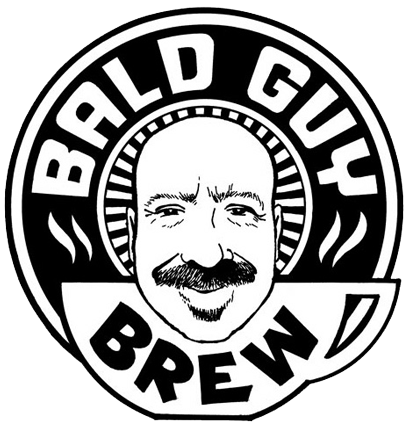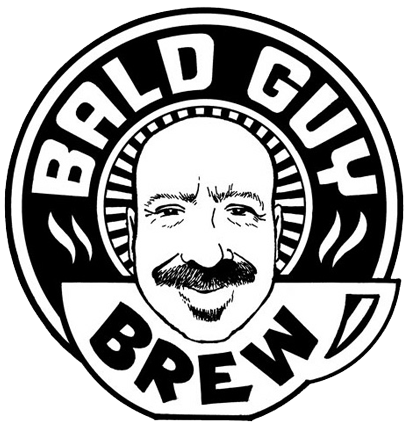EP 1: Costa Rica - The Country That Banned Bad Beans
Posted on October 17 2025,

Ever grabbed a bag of Costa Rican coffee at the store and assumed you knew what you were getting? In Part 1 of this two-part journey, we shatter that myth. We explore the incredible coffee history of Costa Rica, a nation that literally bet its future on a single plant and used coffee to build its entire infrastructure. Discover the story behind the radical 1989 Robusta ban—a national commitment to coffee quality that made mediocrity illegal—and what that bold move has in common with the American craft beer revolution and Sierra Nevada Pale Ale.
We'll map out the country's eight distinct coffee regions below along with a glossary - putting the legendary Tarrazú in context against its overlooked southern neighbor, Brunca. This is the essential first step in understanding the true coffee origin story hiding in your cup, setting the stage for our trip to the Chirripó highlands.
5 Takeaways
- "Costa Rican Coffee" Isn't a Monolith: The country has eight distinct growing regions with unique microclimates and flavor profiles, making the single label on a bag often misleading.
- Coffee Is Costa Rica's DNA: From the 1800s, coffee wasn't just an export; it was the economic engine that funded the nation's railroads, hospitals, and even the National Theater.
- Quality Was a National Policy: Costa Rica is the only country in the world to make it illegal to grow low-quality Robusta coffee, a bold bet that prioritized flavor and reputation over mass production.
- Famous Isn't Everything: While a region like Tarrazú sets a world-class standard for quality, it doesn't represent the full spectrum of flavors Costa Rica has to offer. Overlooked regions like Brunca have their own unique story to tell.
- Read the Bag: The first step to understanding what's in your cup is to look for more information. The region, farm, and processing method tell a much deeper story than just the country of origin.
3 Questions:
- Before this episode, what was your perception of Costa Rican coffee?
- Does the Sierra Nevada craft beer analogy resonate with your own experiences with coffee, wine, or food?
- Have you ever been surprised by a coffee from a well-known country that tasted completely different than you expected?
Glossary
-
Arabica: The premium species of coffee bean. It accounts for about 60% of world production and is prized for its complex, aromatic, and less bitter flavor. It's the only species legally grown in Costa Rica.
-
Robusta: The second most popular species of coffee bean. It contains more caffeine and is more resilient to disease, but it has a harsher, rubbery, and more bitter flavor. Its cultivation has been banned in Costa Rica since 1989.
-
Coffee Origin: The specific geographic location where a coffee bean is grown, often used to describe the flavor profile and history associated with that area (e.g., "Costa Rica is an important coffee origin").
-
Specialty Coffee: A term for the highest quality green coffee beans roasted to their greatest flavor potential by true artisans. This segment of the industry focuses on quality, ethical sourcing, and transparency.
Eight Regions: Costa Rica's Coffee Flavor Map
| Region | Primary Coffee Notes (Expect to Find) | Fun Fact / Key Characteristic |
| Tarrazú | Bright, clean, citrus acidity; full body; chocolate and stone fruit. | The most famous and highest-altitude region, setting the global benchmark for classic Costa Rican coffee. |
| Tres Ríos | Fine, mild acidity; full, balanced body; sweet aroma. | Often called the "Bordeaux" of Costa Rican coffee for its mild, elegant profile. |
| Central Valley | Well-balanced, medium body; sweet, delicate flavor. | The first region where coffee was commercially planted in the early 1800s. |
| West Valley | Complex, diverse profiles; medium body; notes of honey, peach, and vanilla. | Known for being progressive and winning the most Cup of Excellence awards. |
| Orosi | Less intense acidity; round body; herbal and earthy notes. | The smallest region, nestled within a historic valley known for its lush, green landscape. |
| Turrialba-Aquiares | Mild, softer body; subtle notes of caramel and walnut. | The lowest altitude region; coffees here are generally harvested earlier. |
| Brunca | Medium-low acidity; deep, often spicy body; cocoa and tropical fruit. | The southernmost, rebellious region—the "underdog" that this episode focuses on alongside Tarrazú. |
| Guanacaste | Light body; delicate flavor; low acidity with a touch of pepper. | The driest region, known for producing a pleasant, mild cup. |
Follow us at La Taza Habla where the cup talks!

